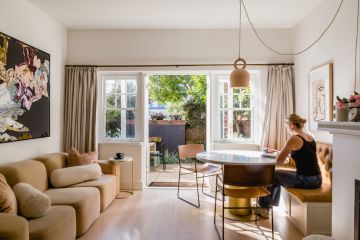Venice is one of the world's most popular cities, but can Venetians call it home?

A victim of its own fame, Venice’s fragile beauty is threatened every day by the giant cruise ships damaging the canals’ ecosystem.
The city is overwhelmed by an enormous flux of tourists – estimated at about 28 million every year, including daily visitors.
Is it still possible to lead a normal life in the city? The thousand residents lost every year seem to indicate it’s not.
Venetians now number almost 53,000, while there are about 82,000 residents “on the water”, including the old town and the islands – Lido, Pellestrina, Murano, and Burano.
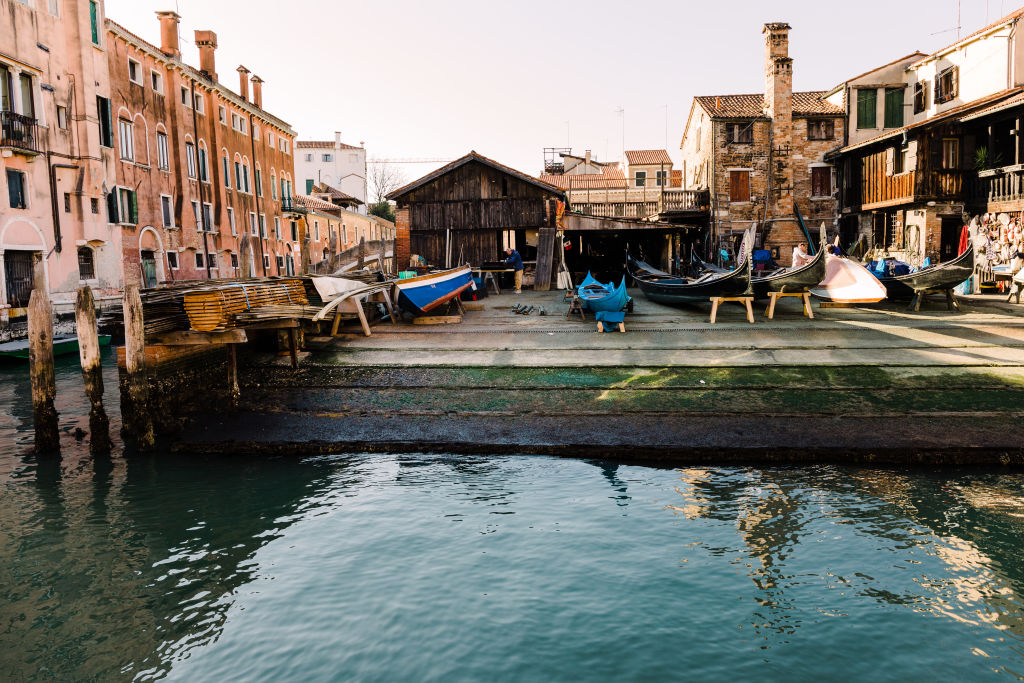
As the local population decreases steadily, many traditional businesses have shut down, leaving space for fast food and souvenir shops for tourists to pop up in their place. In addition, many new hotels and hostels have been built in the surrounding area, multiplying the number of visitors.
The city council has tried a raft of measures to contain this phenomenon, such as putting in turnstiles to limit the flux of tourists on specific occasions and this year’s introduction of an entrance fee for daily visitors.
Elena moved to Venice about two years ago after studying a development degree in Padua, in the broader Veneto region.
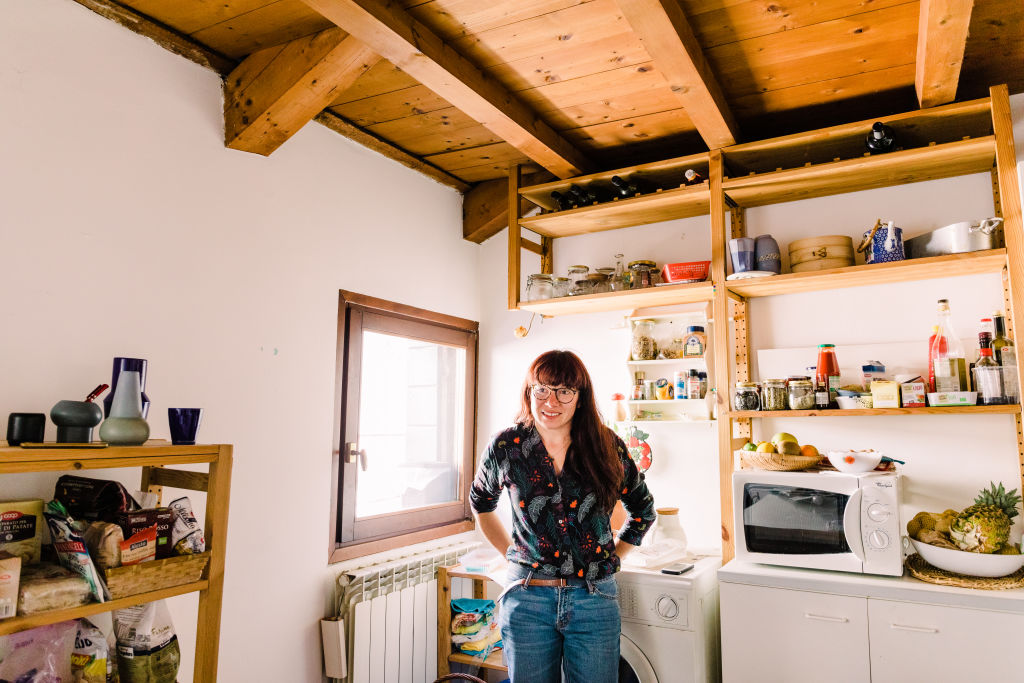
Finding the right place to live was arduous. The first place she lived in was a sublet flat in the San Giobbe area — about a half-hour walk north-east of famous Piazza San Marco — with two students and another worker, Sara, a graphic designer working for a publishing house.
“I was pretty much sleeping in the corridor,” explains Elena, “paying around 250 euros ($393) per month.”
After a few months Elena and Sara moved together to another house in the Sant’Elena area – an island on the outskirts of Venice proper.
“It was a good house, we paid around €500 ($787) to sleep in a double room, not too much,” Elena says, “but our situation was uncertain and we never signed any contract.”
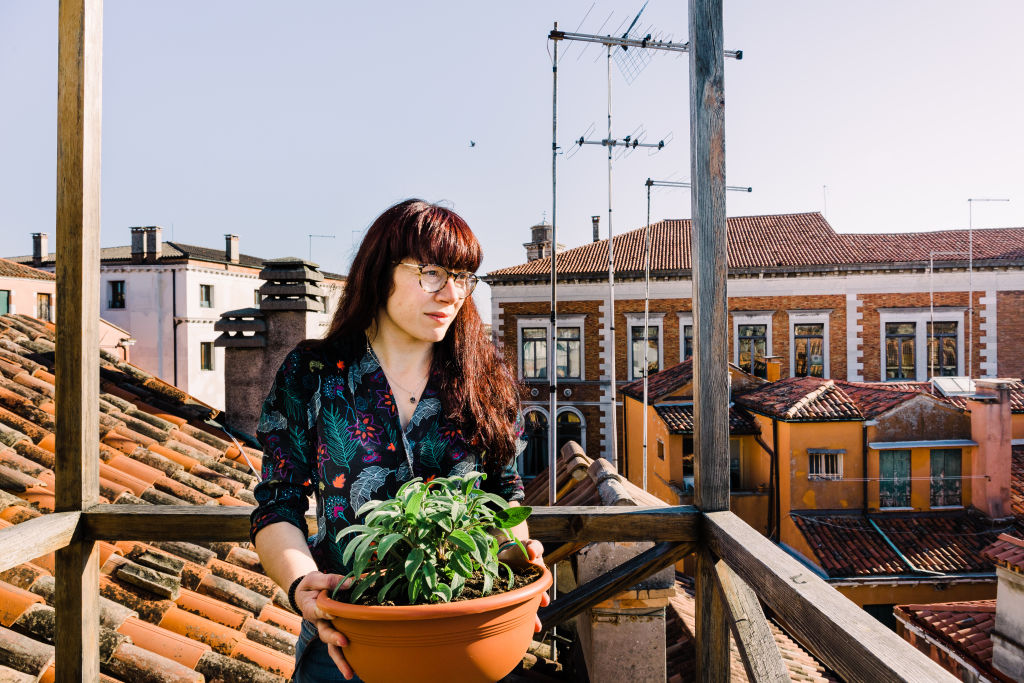
Now Elena and Sara live in a beautiful flat near Campo Santa Margherita. Both have a private room and they have signed a lease, paying about €700 ($1100).
“We visited more than 15 flats to find this one,” Elena says. “The majority of Venetian tenants rent their apartments to tourists or students. Tenants pay less taxes hosting students, so for two workers like us finding a place is very difficult.”
And buying is even harder: a studio apartment is at least €200,000 ($314,000). A 45-square-metre apartment costs about €250,000 ($393,000) and a two-bedroom apartment for a family with children at least €300,000 ($471,000).
Many owners prefer to rent to tourists rather than locals because they can earn much more money.
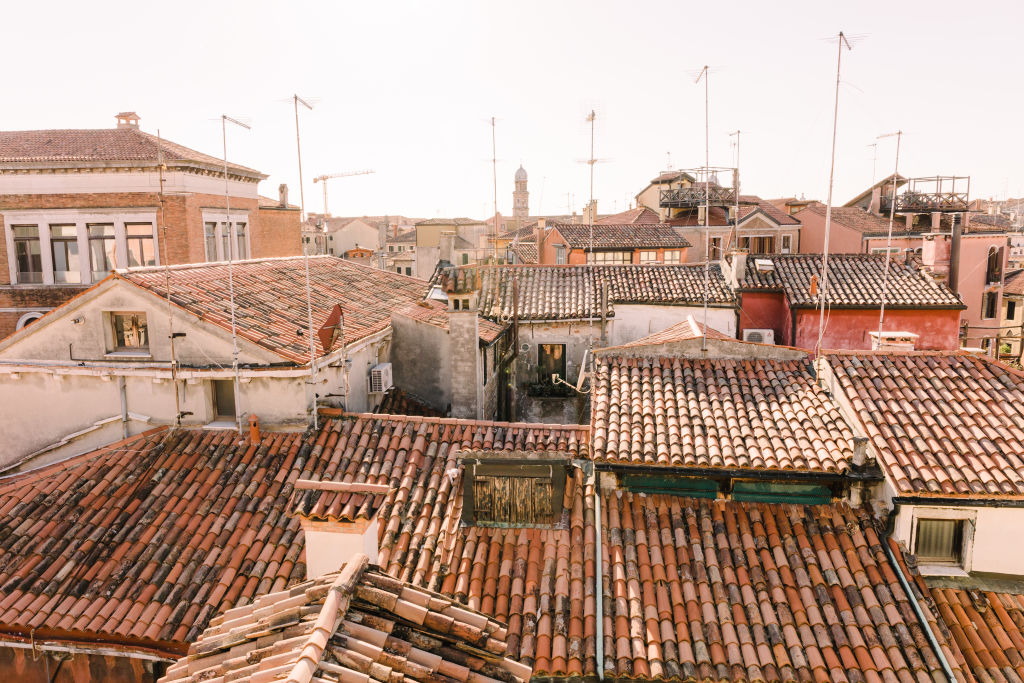
“We are not responsible for the private properties,” Paola Mar, Venice’s city councillor in charge of tourism, tells Domain, “but every year we complete 1000 interventions on houses owned by the municipality. We allocated more than €7 million [$11 million]to restore 360 houses and we decided to give them to young couples, large families and young people under 30.”
“We want people to come and live in the city, to invest and stay in Venice. More activities and businesses can encourage new residents. When there are good jobs, not tied to the touristic monoculture, the turning point becomes easy. Tourism is a very important resource but it has to be managed,” Mar says.
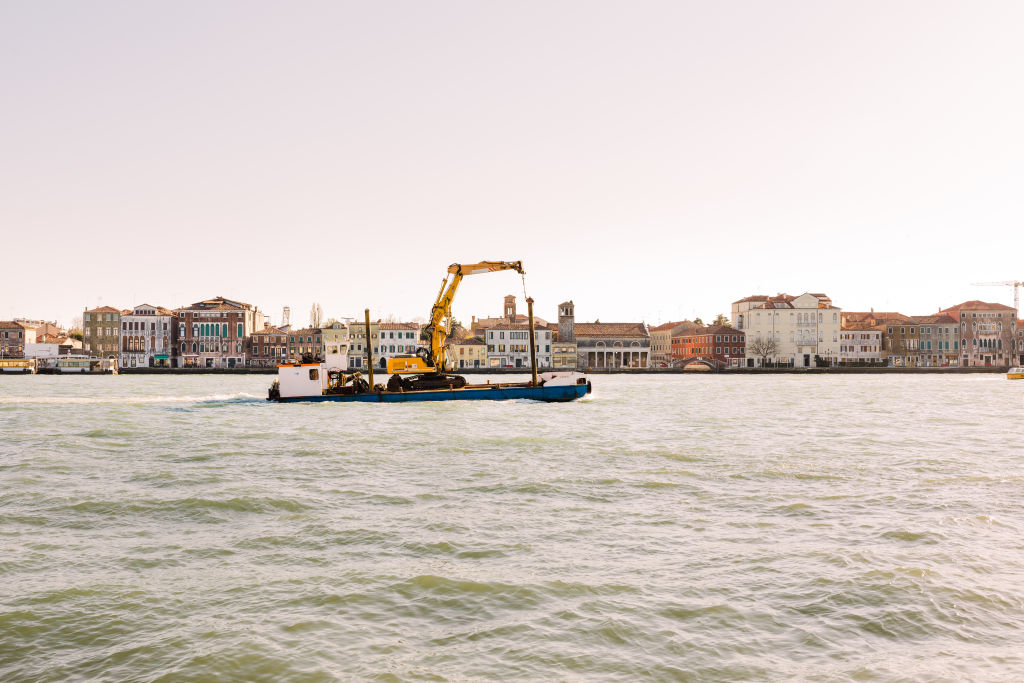
Nicola Rumonato plans to stay in Venice. He runs Di Pol, a shop in Campo Santa Margherita far from the tourist hordes, and lives in the Sant’Elena area, 20 minutes on foot from his shop. The shop sells electrical goods and hardware.
“My family started the business after World War II, they were house painters. Our activity is still standing today,” Rumonato says. “We moved into this shop in October, 1987.”
In those 32 years, everything changed. “There was a restaurant there, but it disappeared. Here, there was a perfumery shop, now they sell low-cost souvenirs for tourists. There was the butchers shop of a friend. He moved with his shop and now there’s a bar for tourists,” Rumonato says.
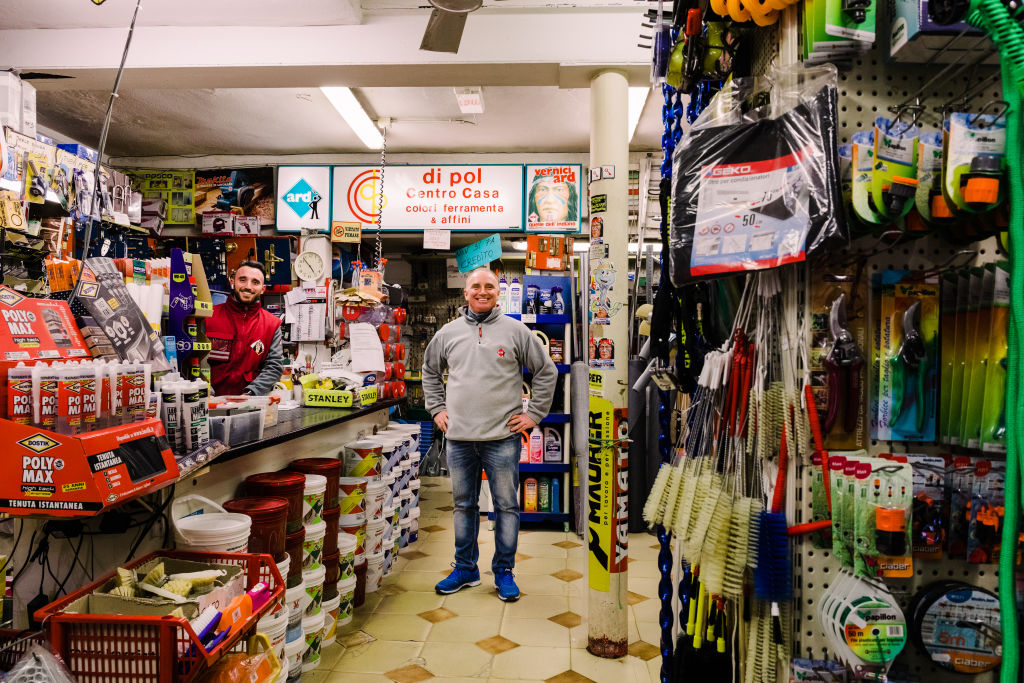
“Here, in front of our shop, there was Mondo Nuovo. They created handmade Venetian masks, they were the best artists in the city and they realised pieces for the Fenice theatre. Now they [are] closed. Many businesses have disappeared.”
Despite this, Rumonato has decided to stay. “We like our job. My son Simone wants to carry on the business so, unlike others, we decided to invest to extend the sales area. The rent for commercial spaces in Venice is very expensive, unfortunately. Particularly with this kind of business: the profit margins are not the same as hotels, bars or restaurants.”
Rumonato is optimistic but what he increasingly misses in Venice is the slowly disappearing social atmosphere.
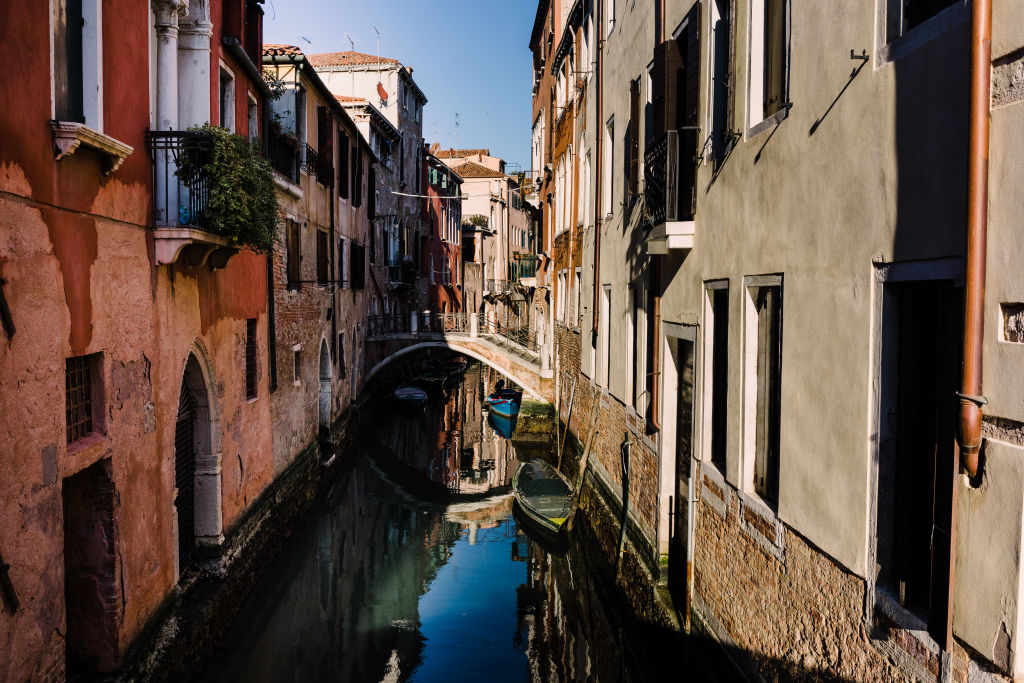
“With the few owners of shops and businesses in this square, we used to meet in this restaurant. We sat at the same table, we called it ‘fradeansa’ [‘brotherhood’ in Venetian dialect]. It means we were friends, like brothers. At lunch time we could think of something other than work,” he says.
We recommend
We thought you might like
States
Capital Cities
Capital Cities - Rentals
Popular Areas
Allhomes
More







